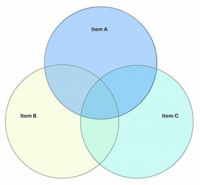Dennis Fai
New member
- Joined
- May 19, 2020
- Messages
- 1
A study of 80 pupils was conducted on the modes of transportation when travel back to their hometowns. 25 pupils travel by train and 48 pupils travel by train or car. If 7 pupils travel by train and car, 5 pupils travel by bus and train, and 2 pupils travel by all three modes of transportation, how many pupils do travel by train or bus but not by car?

